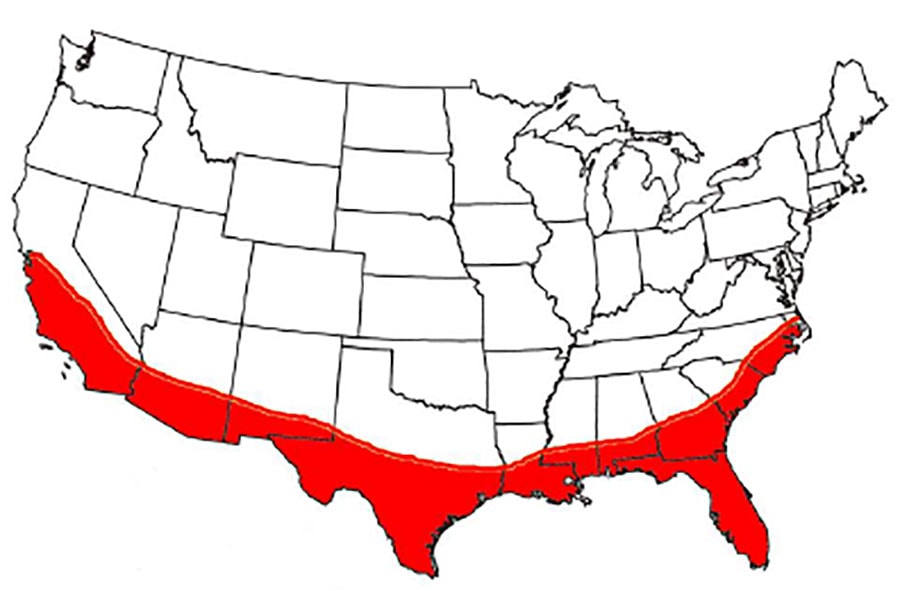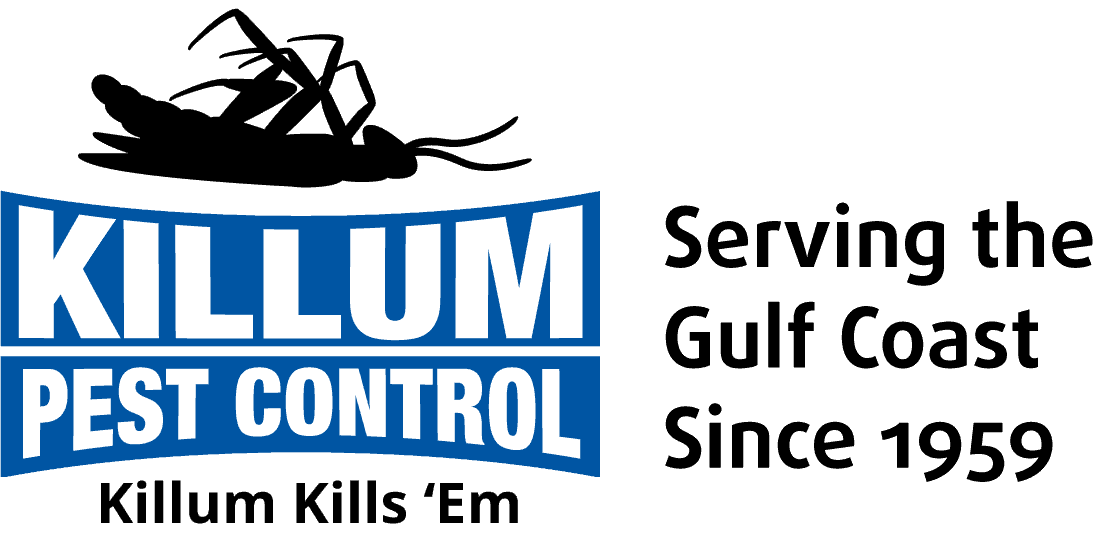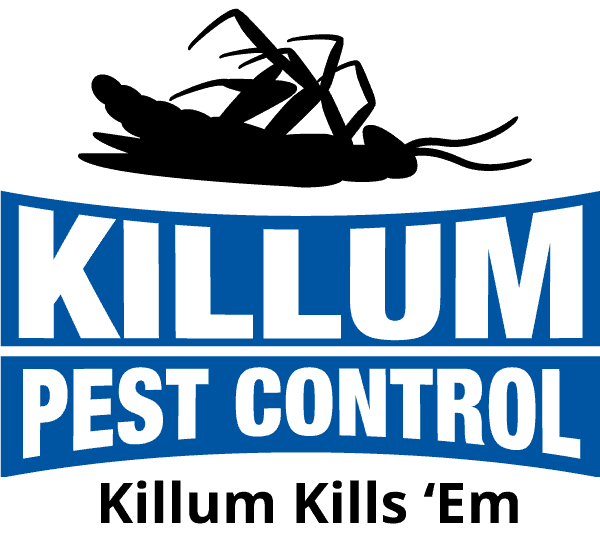Individuals are in distinct forms or castes – reproductives, workers, and soldiers. Each performs a separate biological function. Only the reproductives are winged.
Unlike ants and subterranean termites, there are no workers in the drywood termite group – instead the young reproductives and soldiers serve as workers until they mature. The vast majority in the colony is made up of workers. While both workers and reproductives have chewing mouthparts, it is the workers who cause the majority of wood damage. The soldiers have powerful mandibles, but these are primarily for attacking their enemies (usually ants).
Swarming Season
Termite colonies can only hold so many termites before getting crowded. Each year, members of the colony take flight in search of new territory. The dominant drywood termites in our area swarm during the day during Summer months.
Just like the subterranian Formosan termite that we discussed earlier in the year, drywood alates (swarmers) take flight, mate and lose their wings, with the the mated queen settling in the new suitable location where she will lay eggs and begin the new colony.
Preferred habitat
This type is usually found in the humid coastal regions of the US (i.e. California, Florida, Arizona, South and North Carolina, New Mexico, Texas, Alabama, Mississippi, Louisiana). They also have a large presence throughout Texas, with the highest concentrations along the Gulf Coast regions.

They live in small social colonies in dry wood and may survive in a wide variety of dry wood environments. They infest dry, undecayed wood, including structural lumber as well as dead limbs of native trees and shade and orchard trees, utility poles, posts, and lumber in storage. They often settle in structures such as homes and other buildings. It’s possible for the pests to get inside homes on things like wood and furniture. They will also inhabit trees that are located close to the cracks and gaps in the exterior of a house. Because they reside so deep within wooden structures, it might be difficult to notice an infestation in your home if one has occurred.
Damage
Drywood termites are notorious for wreaking havoc on homes and other types of constructions by causing considerable structural damage and cosmetic damage. This may involve things like making the support beams less sturdy or causing the wood to decay prematurely.
It is important that you contact a professional pest control service as soon as possible if you suspect that you have drywood termites. If you don’t get rid of these pests, they could end up causing a lot of harm to your house or another structure.
Signs of infestation
You may have a drywood termite problem if you notice:
- Shed wings
- Ejected pellets
- Galleries inside wood are typical signs of a drywood termite infestation.

How to get rid of drywood termites
Depending on the severity of an infestation, we will treat infestations with one of two methods: structural fumigation or spot treatment. Our structural approach is a whole-structure fumigation using a sulfuryl fluoride (Vikane) or methyl bromide gas. The spot treatment method is a direct wood treatment using termiticide dust.
If you suspect that your home or office has a possible problem with drywood termites, give us a call at 979-297-9993.






